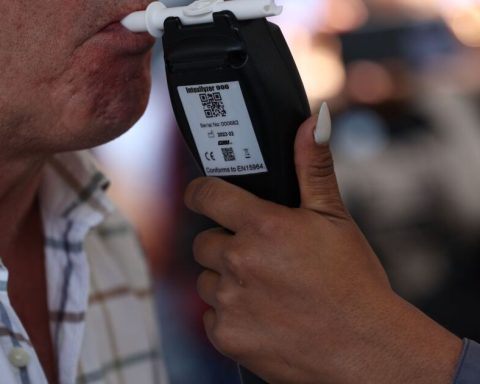Data from the most recent National Survey of Financial Inclusion (ENIF) shows that in 2018, there were 20.1 million people with some type of insurance and by 2021, the number dropped to 17.6 million people.
Santana stressed that there are regions in the country, such as the south and southeast, where the adoption of this type of financial product is very low and that a need has been created, with the reactivation of the economy, to find a way for people to see insurance as a way to take care of your assets.
The great challenge for insurers
The reasons for not taking out insurance for the first time, according to the Mexicans consulted, are because they do not have a job, do not have money or have variable income, which, according to Santana, is one of the challenges of the insurance sector.
“In the insurance sector, the great challenge is to generate products that allow solving the problems of segments that today cannot participate because they consider that the costs of the premium are not adequate and we have not been completely successful in a culture of prevention and that implies the presence of risks,” Santana said.
For his part, Oscar Rosado, president of the Condusef considered that another way for there to be a greater adoption of insurance among Mexicans is inclusive insurance, which can be contracted by people with incomes greater than 10,000 net pesos.
“The issue is two things: the communicationthe language that is created and on the other hand the mechanism to sell itin such a way that the insurance is easy to sell and easy to collect,” he said in an interview.
For Rosado, inclusive insurance has not achieved penetration due to two fundamental issues, and difficult to combat with concrete measures, such as the financial culture of people and the reputation of insurers.
The ENIF 2021 shows that other reasons why Mexicans do not have insurance is because they consider it to be expensive or they do not know how to contract it.
















